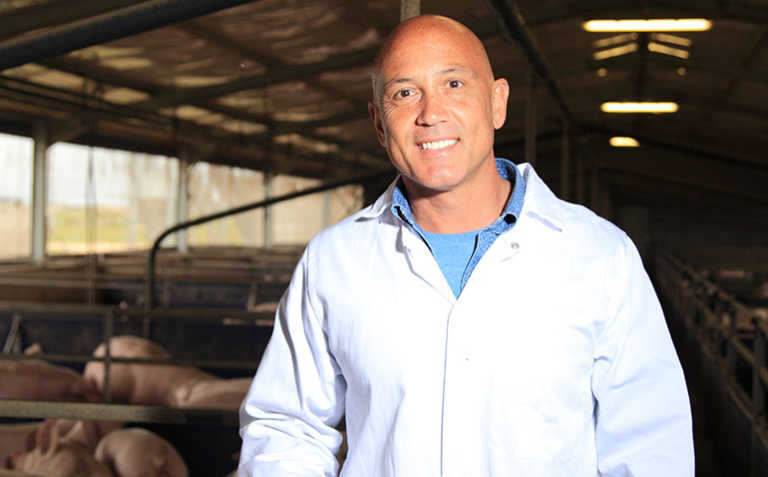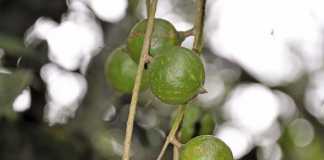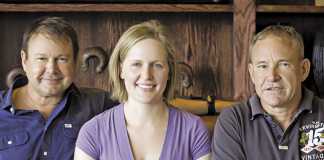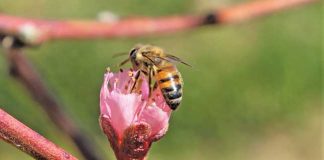
Why did you decide on biogas?
Zandam piggery is a 650-sow unit, so there are 6 000 pigs on the farm at any time. The pigs produce between 30t and 40t of waste water per day. The farm also buys in milk, from which it produces cheese.
READ The origins of hydroponic farming
A biodigester was a way to save energy and heating costs in the cheese factory particularly, while improving waste management on the farm.
How does the system work?
A 500m³ anaerobic digester converts about 22t (reduced water) of piggery waste a day into biomethane at a rate of about 40m³/h. The biogas fuels a combined heat and power generator that produces 75kW of electricity (peak potential 125kW) and 105kW of heat.
The plant has been designed to produce a total of 800MWh of electricity and 1 070MWh of thermal energy (80°C hot water) per year, or 4 000kWh of both electricity and heat per day.
To save costs, we decided not to store energy. The electricity and heat are supplied directly into our own network for self-use. Because Eskom doesn’t allow us to divert electricity back into the grid, we had to install controls to automatically adjust production according to our energy usage.
In effect, the plant has been set up to always produce a little less energy than what we use.
What does the partnership with Ibert entail?
The set-up amounted to a total capital investment of R8 million, which was split between us.
I had to pay for all the immovable parts, such as the actual infrastructure and two digesters, while Ibert was responsible for all the movable parts, such as the heating systems, controls and stirrers.
Our deal works like this: Ibert rents immovable parts from me at R400 000/year and sells electricity generated by the plant to me at R1,01/ kW. Our agreement is for the price of the electricity to increase in line with inflation each year.
At the moment, the farm pays R1,10/ kW for Eskom electricity, and the price of this has been rising much faster than the inflation rate over the past few years.
Why didn’t you go solo?
My research revealed that more than 80% of biodigesters on European farms were running at less than 60% of capacity.
The majority were subsidised and most of the farmers didn’t have the skill or time to run them optimally; they simply added waste material to them. I’m not one for half measures, so I got someone who knew how the plants work to manage and maintain mine for me.
Do you have any advice for farmers wanting to establish a biogas plant?
Analyse energy consumption thoroughly beforehand. Look at the total amount of electricity consumed per day, and at the way in which consumption fluctuates throughout the day and year.
Install a system that’s designed to supply most of its energy when you need it.
It pays to work with a company that specialises in bioenergy and knows that different farms have different needs. Ibert, for example, realised very soon after we installed the plant that the waste material on the farm contained only 6% solids, due to the effluent being flushed and transported via water out of the piggeries.
So a press screw was installed to dilute the waste. It’s the solids, not the fluids, that are turned into biogas.
Email Mauro Delle Donne at [email protected].













